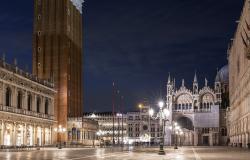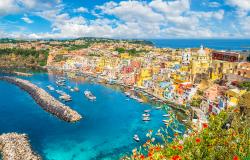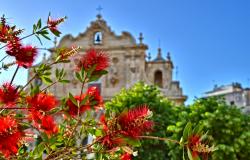Fall Hiking in the Dolomites
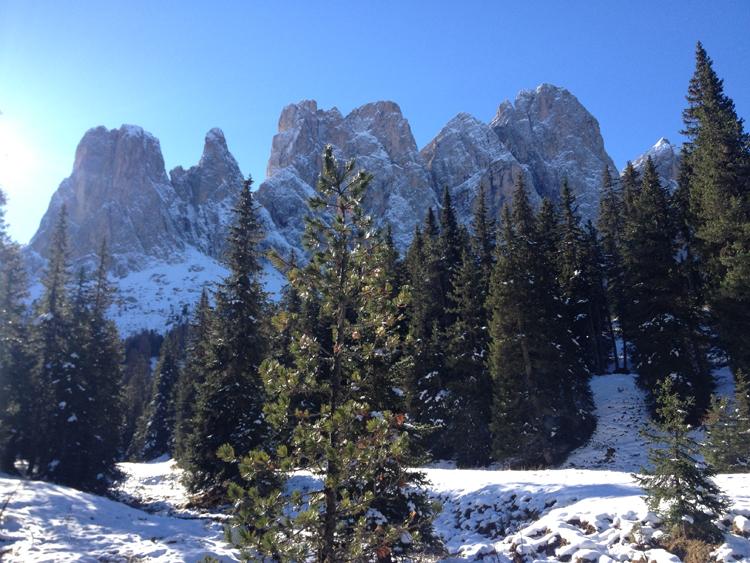
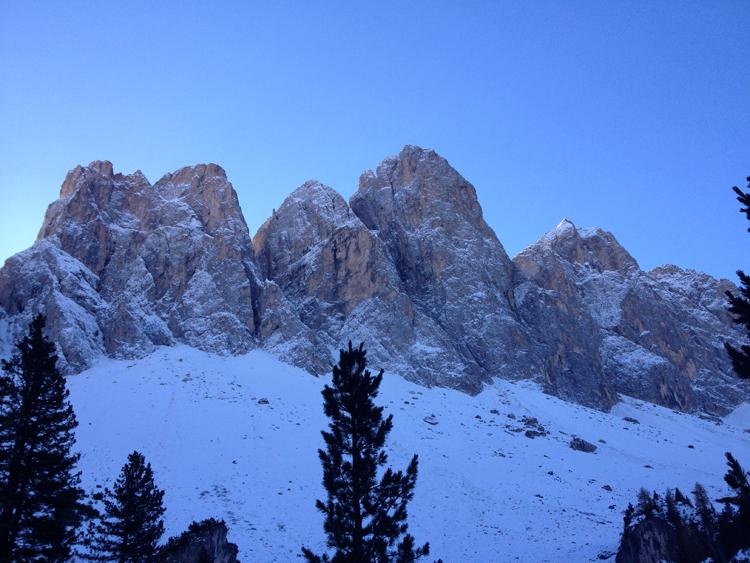
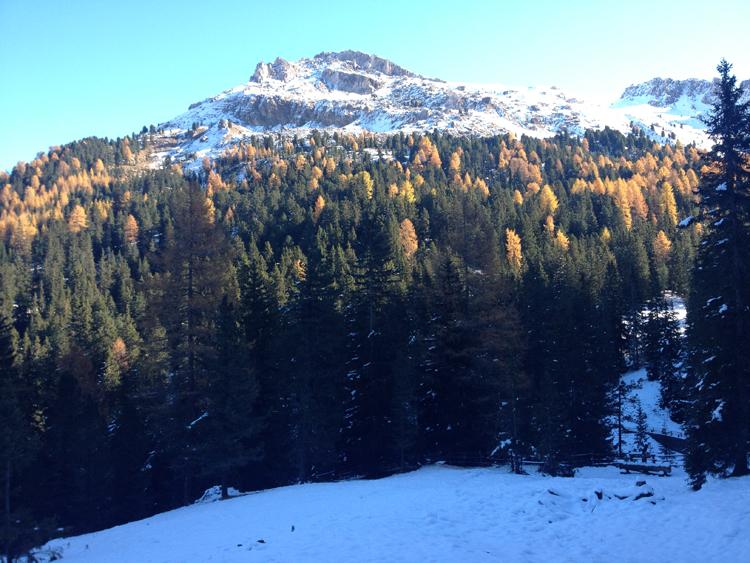
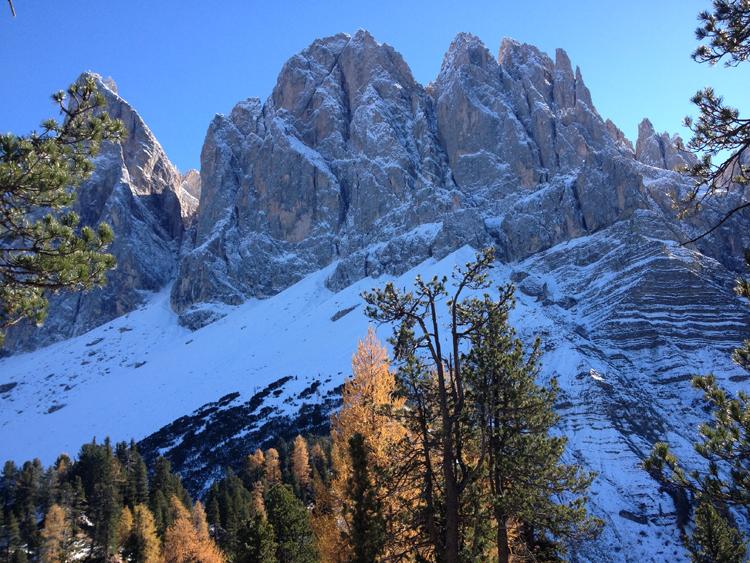
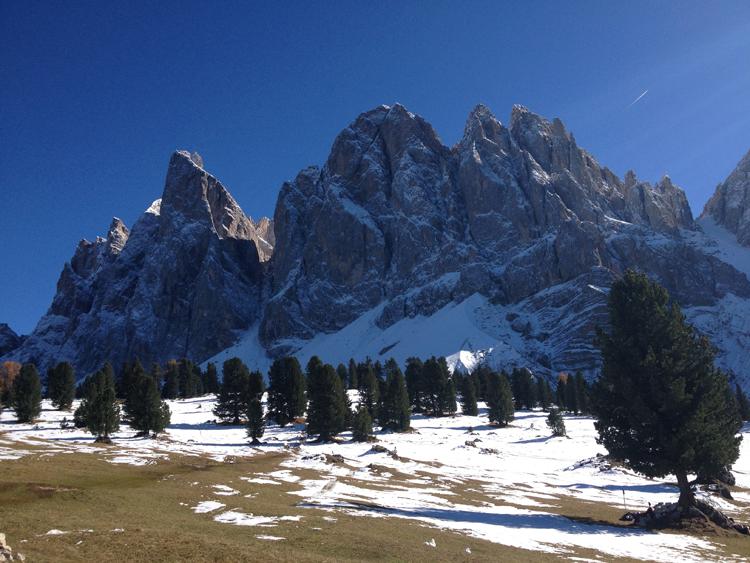
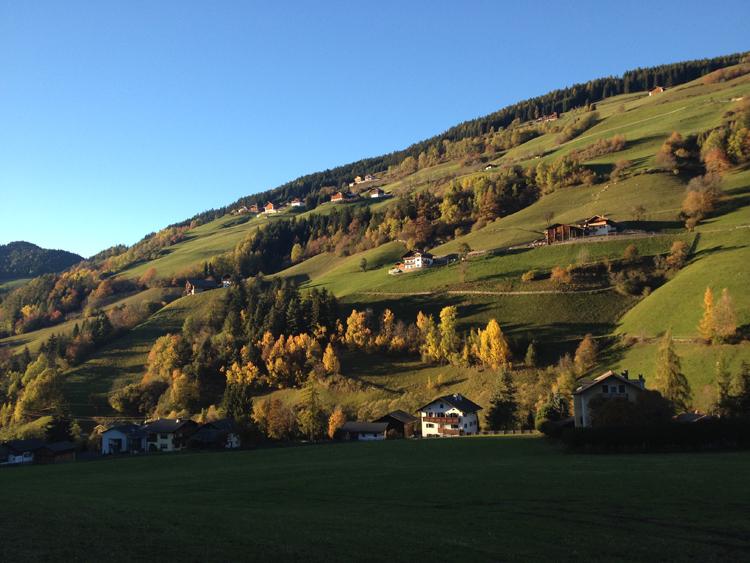
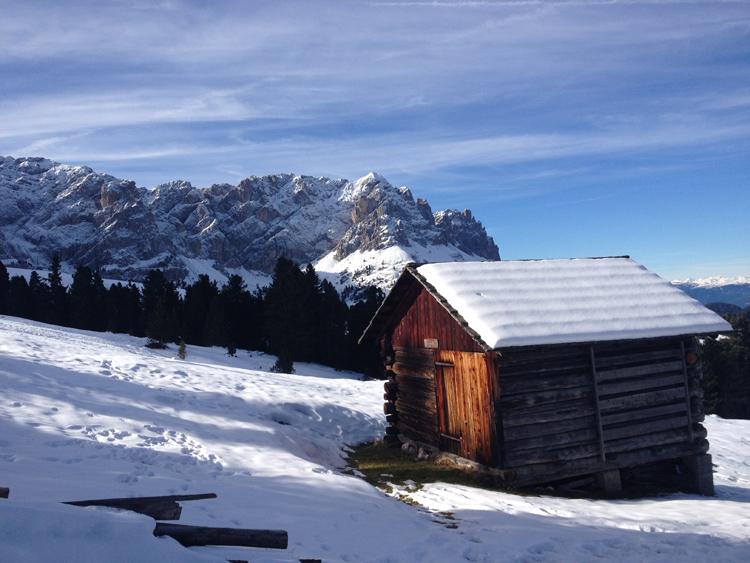
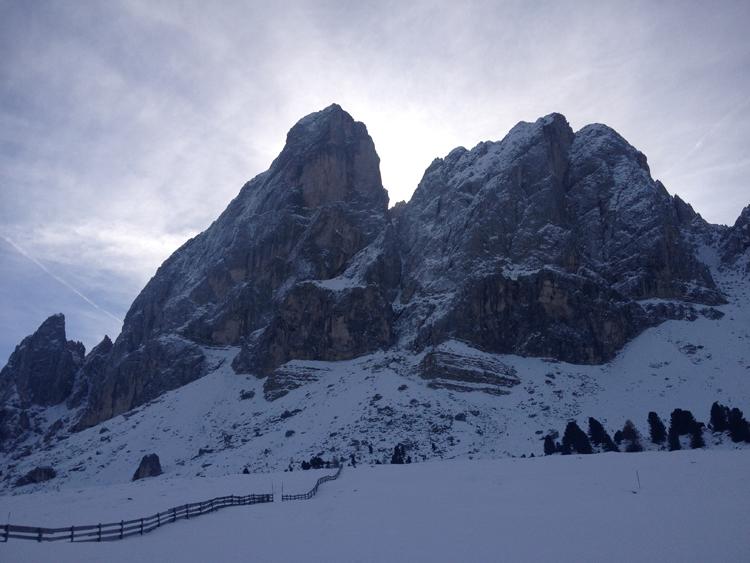
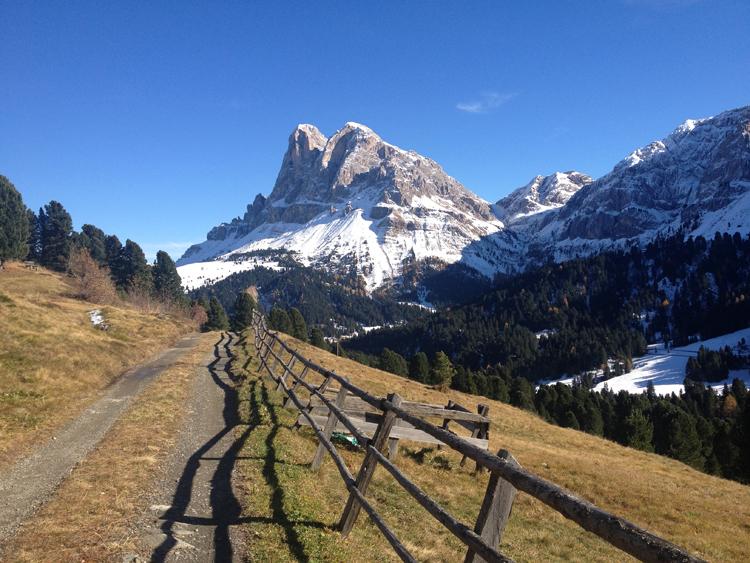
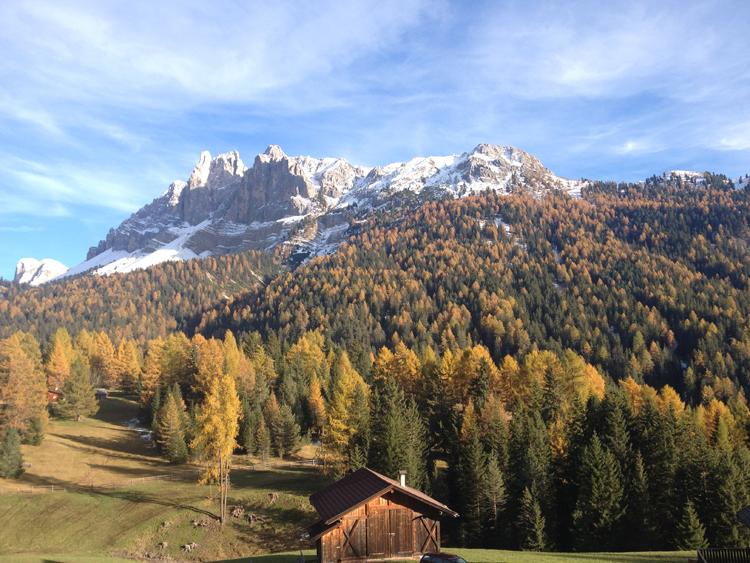
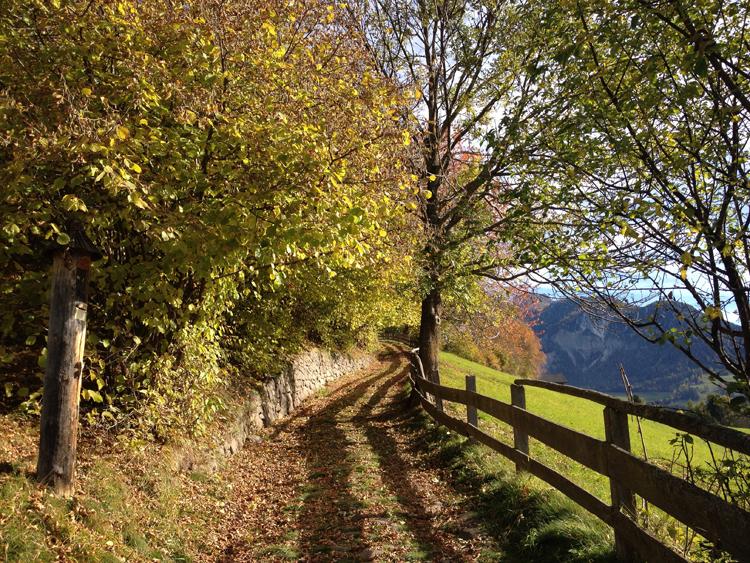
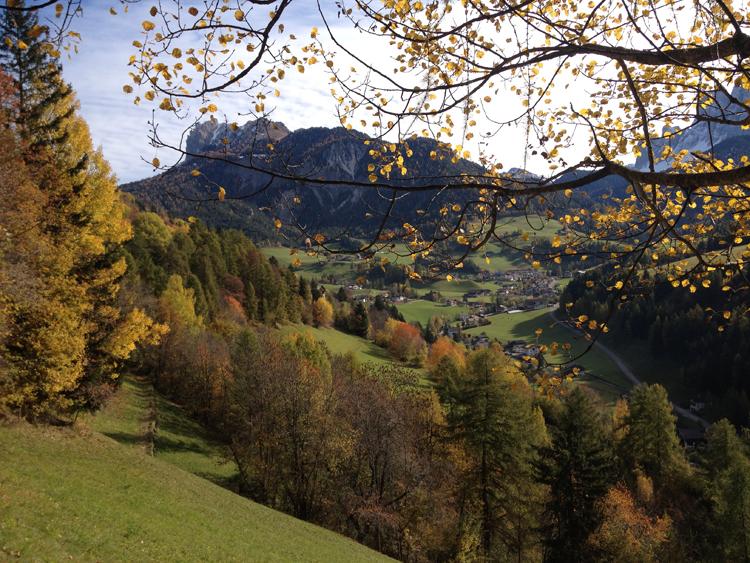
I have traveled to the Dolomites many times, but the feeling of amazement I experience when I look at these mountains in north-eastern Italy never fades.Their vertical spires, sheer cliffs and light-colored rocks – for which they were originally called “pale mountains” – can be admired by hiking the many trails departing from the valleys that surround them.
On a recent trip, I explored the Funes Valley-Villnosstal, a small (24 km long), quiet valley branching off from the Isarco Valley; the most important nearby town is Bressanone, while the main villages of the valley are Tiso-Teis, San Pietro-St. Peter and Santa Maddalena-St. Magdalena, which make for perfect bases to explore the area.
The Odle Group of the Dolomites are Funes Valley’s most famous landmarks and the best way to admire them up close (if you’re not going to climb them, that is) is by taking the Adolf Munkel Trail, which skirts around their base. Named after the founder of the Dresden Alpine Club, the route stands at a height between 1,900 and 2,000 meters, and offers continuous spectacular views of the Odle, whose highest peaks, the Sass Rigais and Furchetta, rise up to 3,025 meters.
Also, don’t leave before seeing the magnificent 2,875m Sass de Putia, the Odle’s northernmost peak, which can be admired by Passo delle Erbe, the mountain pass linking the Val di Funes with the Val Badia. A route circling the foot of the mountain departs from here – the views of its vertical walls from the trail are simply magnificent.
Below are some photographs I took during my trip. I did not expect to find so much snow this time of the year; even though it made hiking a bit more challenging because parts of the trails were icy, the stunning contrast between the autumn landscape, with its wonderful warm reds, yellows and oranges, and the white winter-like landscape was worth the added difficulty.
